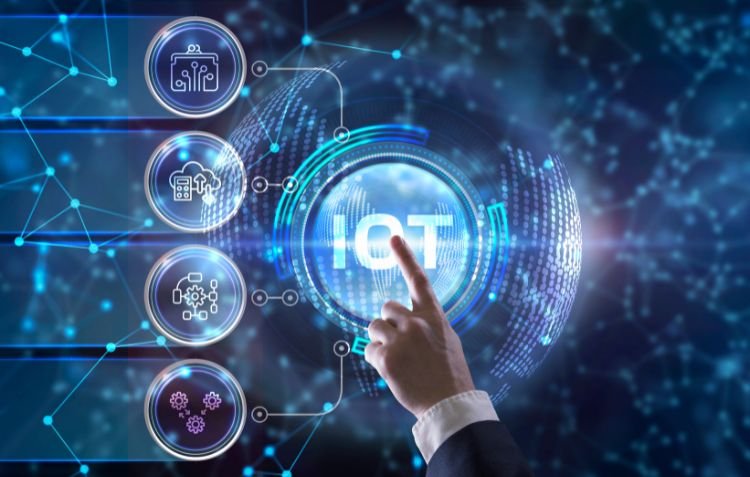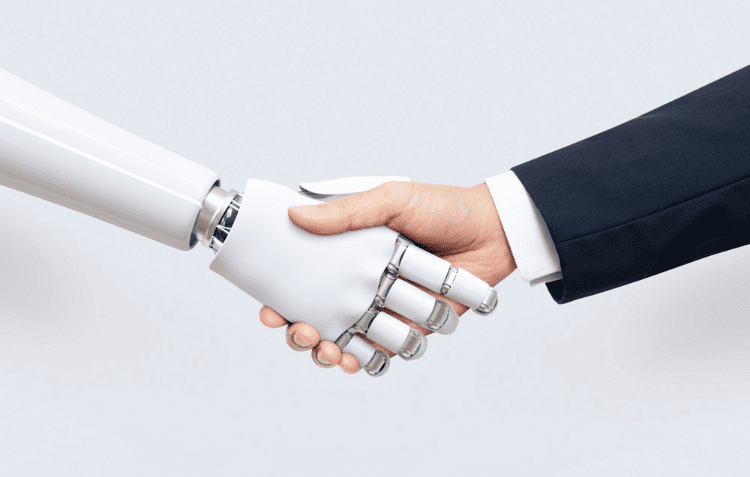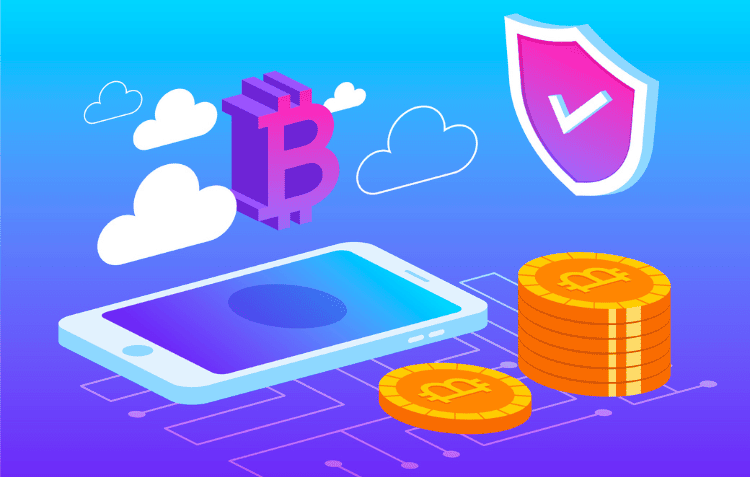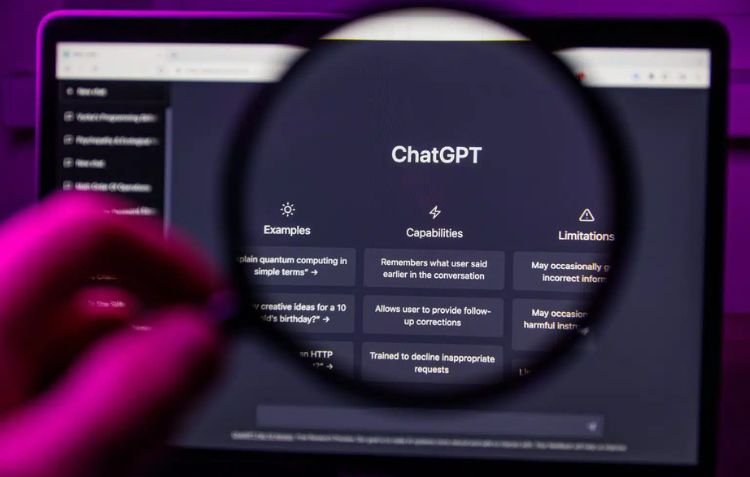IoT for 10 Year Olds: Simple Concepts for Curious Kids
Imagine if your toys could talk to each other, or your backpack reminded you to take your homework before leaving home. Sounds like magic, right? Well, this is actually possible with something called the Internet of Things (IoT)!
IoT is when everyday objects—like watches, refrigerators, and even cars—connect to the internet and share information. These smart devices help make life easier, safer, and more fun. For example, a smartwatch can track your steps and remind you to stay active, or a smart light can turn off automatically when you leave the room.
In this article, we’ll explore IoT in a simple and fun way. Whether you’re curious about IoT for 10 Year Olds or just want to grasp the basics, you’ll learn how it works, see real-life examples, and even discover how IoT is shaping the future. By the end, you might even come up with your own IoT ideas! Ready to dive in? Let’s get started.
What is IoT?
The Internet of Things (IoT) is when everyday objects connect to the internet to communicate and share information. These devices can collect data, make decisions, and even work together without human help.
Think of IoT like a sports team. Each player has a role—one might pass the ball, another might defend, and someone else scores. They all communicate and work together to win. Similarly, IoT devices work as a team. A smartwatch tracks your steps, a smart fridge reminds you to buy milk, and a smart doorbell lets you see who’s at the door—even if you’re not home!
Real-world examples of IoT include:
✅ Smartwatches that track your activity and send updates to your phone.
✅ Smart lights that turn on and off using a phone app.
✅ Voice assistants like Alexa or Google Home that answer questions and control other smart devices.
IoT makes life easier by automating tasks and helping devices “talk” to each other. But how do they actually work? Let’s break it down in the next section.
How Does IoT Work?
The Internet of Things (IoT) works by using sensors, connectivity, and processors to collect and share information. Here’s how these components function:
Basic Components of IoT
🟢 Sensors – Small devices that collect information, like a thermometer measuring temperature or a smartwatch tracking your heart rate.
🟢 Connectivity – How devices connect to the internet. Just like a tablet needs Wi-Fi to browse YouTube, IoT devices use Wi-Fi, Bluetooth, or mobile networks to share data.
🟢 Processors – The “brain” of the device that decides what to do with the data. For example, a smart thermostat receives temperature readings and adjusts your home’s temperature automatically.
Data Sharing Process
1️⃣ A sensor collects information (e.g., a smart lamp detects it’s dark).
2️⃣ The data is sent through the internet to a processor (e.g., the lamp’s system).
3️⃣ The processor makes a decision (e.g., turning the light on).
Kid-Friendly Example
Imagine a smart toy that learns your favorite songs. Every time you play a song, the toy remembers it. Over time, it starts playing your favorite songs automatically—just like how IoT devices learn and respond to your needs!
Everyday Examples of IoT
The Internet of Things (IoT) is all around us, making daily tasks easier, smarter, and more efficient. From smart homes to connected schools, IoT devices help people stay organized, safe, and entertained. Let’s explore some cool ways IoT is used in everyday life.
Smart Homes
🏠 Smart Thermostats – These devices automatically adjust the home’s temperature based on the weather or when people are inside, saving energy and money.
🛒 Smart Refrigerators – Ever forgotten to buy milk? A smart fridge can track what’s inside and send alerts when groceries are running low. Some even suggest recipes based on available ingredients!
Wearable Devices
⌚ Fitness Trackers – Devices like Fitbit or Apple Watch track steps, heart rate, and sleep patterns, encouraging kids to stay active and healthy.
👕 Smart Clothing – Some clothes have built-in sensors that monitor heart rate, body temperature, or even change color based on mood!
Smart Toys
🧸 Interactive Dolls & Action Figures – These toys respond to voice commands, tell stories, and even learn from interactions, making playtime more engaging.
🤖 Educational Robots – Robots like Cozmo and LEGO Mindstorms teach kids coding, problem-solving, and creativity in a fun way.
Connected Schools
📚 Digital Whiteboards – These smart boards display internet resources, save notes, and allow teachers to share lessons with students instantly.
🪑 Smart Desks – Some schools have desks that adjust in height automatically or include built-in charging stations for tablets and laptops.
IoT is transforming homes, schools, and playtime even agriculture, making life more convenient and interactive. Now, let’s explore how IoT benefits kids directly!
Benefits of IoT for 10 Year Olds

IoT isn’t just for adults—it provides exciting benefits for kids, from learning tools to safety features and health tracking.
Enhanced Learning
📖 Interactive Educational Tools – Devices like Osmo and smart globes make learning more engaging by combining physical play with digital experiences. Kids can solve puzzles, practice math, or explore geography interactively.
Safety
🛰️ Wearable GPS Devices – Smartwatches like Jiobit or AngelSense help parents track their child’s location in real time, offering peace of mind. Some even have SOS buttons for emergencies.
Health Monitoring
💪 Activity Trackers – Devices like Fitbit Ace encourage kids to stay active by setting movement goals and tracking progress.
🌡️ Smart Health Monitors – IoT devices can measure heart rate, detect fevers, and even remind kids to drink water or take medicine.
IoT in healthcare is making life safer, healthier, and more fun for kids. Up next, we’ll look at how all these smart devices stay connected and communicate!
Potential Challenges and Safety Tips
While IoT offers many benefits, it also comes with challenges. Protecting personal information, securing devices, and parental supervision are key to ensuring a safe experience.
Privacy Concerns
🔒 Protecting Personal Information – Many IoT devices collect data, such as location, voice recordings, or browsing habits. Parents should ensure that only necessary information is shared and adjust privacy settings on devices. Using child-friendly, privacy-focused apps can also help.
Security Risks
🛡️ Safe Device Usage – IoT devices can be targets for hackers. To stay safe:
- Use strong, unique passwords for each device.
- Enable two-factor authentication (2FA) where possible.
- Regularly update software and firmware to fix security vulnerabilities.
Parental Guidance
👨👩👧 Supervision & Education – Parents should:
- Monitor how kids use IoT devices.
- Teach children about online privacy, such as not sharing personal details.
- Set up parental controls and limit device access when necessary.
By taking these steps, families can enjoy the benefits of IoT while staying safe.
Fun IoT Projects for Kids
Kids can learn about IoT by building fun, hands-on projects that introduce technology and problem-solving skills. Here are three exciting DIY projects to try at home!
DIY Smart Plant Watering System
🌱 What You’ll Need:
- A small soil moisture sensor
- A water pump
- An Arduino board or Raspberry Pi
- Some wires and a small container of water
💡 How It Works:
- The sensor detects when the soil is dry.
- It sends a signal to the water pump.
- The pump waters the plant automatically!
Build a Simple Weather Station
⛅ What You’ll Need:
- A temperature and humidity sensor (like DHT11)
- A microcontroller (Arduino or Raspberry Pi)
- An LCD screen to display data
📊 How It Works:
- The sensor measures temperature and humidity.
- The data is displayed on the screen in real time.
- You can even connect it to an app for remote updates!
Create a Smart Alarm for Your Room
🚪 What You’ll Need:
- A motion sensor or pressure sensor
- A buzzer or LED light
- An Arduino board
🔔 How It Works:
- The sensor detects movement near the door.
- The alarm goes off, alerting you when someone enters!
These fun projects help kids explore IoT while developing coding, electronics, and problem-solving skills.
The Future of IoT and You
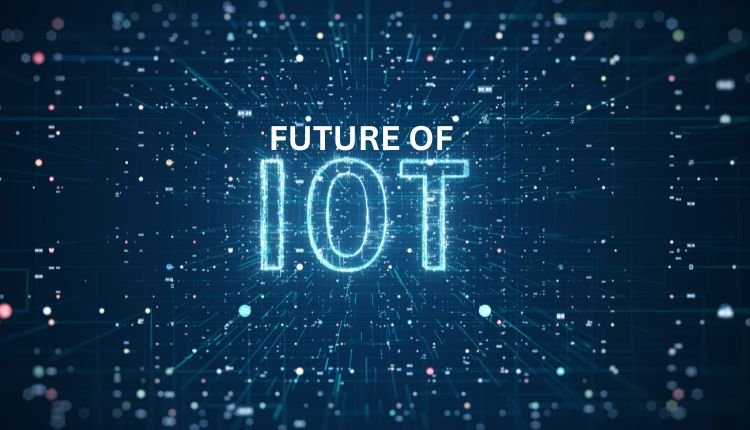
IoT is rapidly evolving, shaping the way we live, learn, and interact with technology. As innovations continue, the future holds exciting possibilities for young minds to explore.
Emerging Trends
🌆 Smart Cities & Connected Transportation – IoT is transforming urban life with self-driving cars, traffic management systems, and smart energy grids. Homes will become more intuitive, adjusting lighting, temperature, and security automatically.
Encouraging Curiosity
🚀 Inspiring Young Innovators – The future of IoT is in the hands of the next generation. Kids interested in coding, robotics, or electronics can experiment with IoT projects to create their own smart solutions. Whether designing smart wearables or improving school safety with IoT sensors, the possibilities are endless!
By embracing creativity and curiosity, young learners can shape the future of technology and make everyday life smarter and more connected.
Conclusion
Throughout this article, we’ve explored the fascinating world of IoT—how everyday objects connect, communicate, and improve our lives. From smart homes and wearables to interactive toys and connected schools, IoT is already making an impact.
🔍 Think Beyond Today – Technology is always advancing, and kids who learn about IoT today can become the innovators of tomorrow. Trying hands-on IoT projects, learning basic coding, or experimenting with sensors can be a fun way to start.
💡 Be a Creator, Not Just a Consumer – The future belongs to those who dream, explore, and build. With curiosity and learning, anyone can contribute to the ever-growing world of IoT, making life safer, smarter, and more exciting.
Technology is evolving—why not be a part of its future? 🚀
FAQs
At what age can children start learning about IoT?
Children as young as 7 can begin exploring IoT concepts through simple coding activities and hands-on projects.
Do IoT projects require expensive equipment?
Not necessarily. Affordable kits and resources are available specifically designed for educational purposes, making it accessible for beginners.
How can learning about IoT benefit my child’s future?
Understanding IoT can enhance problem-solving skills, creativity, and technical knowledge, providing a foundation for future careers in technology.
What are some simple IoT projects suitable for kids?
Projects like building an automatic plant watering system or a basic weather station using Arduino can introduce children to IoT in a fun and educational way.
How can I ensure my child’s safety when using IoT devices?
Parents should monitor device usage, educate children about online privacy, and choose devices with robust security features to protect personal information.

